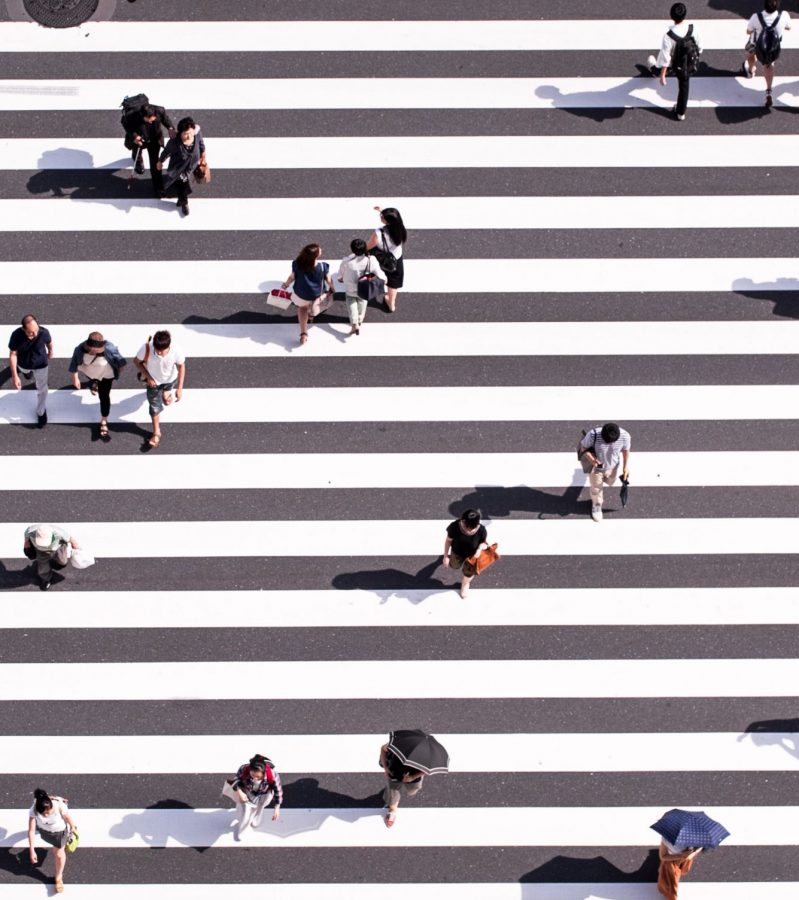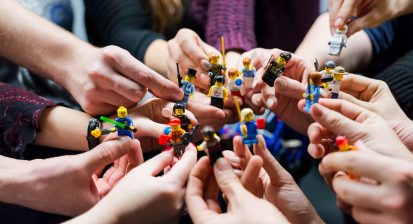AUTHOR’S CORNER
Life in the city: steps towards sustainability and safety together
03.10.2022
by Naya Nikolaou
SHARE
How can cities worldwide provide better quality of life for their residents?
Every year I enjoy reading the Economist Intelligence Unit (EIU) report which is a quantitative indicator of the challenges and the quality of life of people living in cities. For the year 2022, 173 cities were evaluated. So, every year I wonder: how can cities worldwide provide better quality of life for their residents? Urban centers are facing such challenges globally, traffic congestion, lack of adequate housing, pollution, and poverty. The solutions probably require structural changes at a political and socioeconomic level. However, actions should be driven not only at a national and international level, but also individually, and I may have a few suggestions on how each one of us could contribute to safer and more sustainable cities.
The fact that urban centers are facing environmental and social challenges is indisputable. The year 2008, was the first that the population of city dwellers exceeded the number of those living in the suburbs. From then until today, half of humanity, approximately 3.5 billion people worldwide, live in urban environments1. The organization of people around the city centers is the starting point for the exchange of ideas, culture, science, economic and social development, in other words we need to live close together to flourish. But as urban centers develop, there must be plans in place to ensure that everyone has access to adequate, safe, affordable housing, services, and infrastructure to avoid the creation of ‘slums’. Indeed, currently 828 million people are living in areas classified as slums1. The organization and assurance of housing and services, I dare say, should be a plan of action of the local authorities of each state. The development of this plan requires the quest for resources and the contribution of scientists with the know-how to implement “smart solutions” for the organization and expansion of cities.
One of the most important parameters that affect our life in the city is commuting and the goal here is sustainable mobility, i.e. the sustainable movement of people and goods in urban centers and in the suburbs. This is one of the points where I have identified the responsibility of the individuals as residents of the city. In the past two years, in light of the pandemic, the use of cars has significantly increased. Today, we could try to make a 180o turn so that we use our car less, and when we do, we should seek for collective use (car sharing, carpooling, etc.). At the same time, we can gradually adopt alternative forms of transportation such as bicycles and electric scooters. To ensure sustainability and safety, the state should ensure road safety and provide financial incentives for switching to alternative transportation. Nevertheless, we can also be active as individuals. In our family, at school, in our work environment we should be eager to promote, inform, and support such initiatives. At the same time, public transport is an excellent example of sustainable transport. The development of public means of transportation must remain a priority for the authorities but also for us as citizens. In fact, it has social ramifications since it is the most economical way of commuting while also being a means of social integration and inclusivity.
Lastly, sustainability has also major consequences in another important aspect of living in a city, safety. With a weird sense of humor, the reason I mention this parameter is because I live in the northern suburbs of Athens. In my area, it seems that we can only operate safely in mild temperatures and “mild sunshine” as in the event of heavy rain, snow or heat we are “exposed” to the will of nature. It remains undisputable that natural disasters are a global phenomenon that threaten cities and stem from deeper causes including climate change. For this reason, the Sendai Framework2 has been developed. This recognizes the primary role of the state but also the one of the local authorities, the private sector and other partners in disaster risk reduction. The essential reduction of the risk of disaster and loss of human life must be the objective of the state to keep us safe. From personal experience and with all reservations, I feel that we as residents could be actively involved and informed by participating in risk management actions of our local community. We can keep an eye out, observe our surroundings, inform the respective authorities about any potential danger and act proactively as much as we can.
In conclusion, we all have clear interest to be involved in our city reality and its economy. It is a matter of democracy but also of common sense since the future we dream of is the one where cities will offer opportunities, access to services, energy, housing and transport for all. Quoting something I heard recently; ‘Act responsibly and in solidarity’. And this applies to both central bodies and to each one of us.
Sources: [1] Sustainable cities and human settlements [2] Sendai Framework for Disaster Risk Reduction 2015-2030

RELATED ARTICLES

The comic in the fantasy world of Science!
Communicating science with images and heroes

The Importance of teamwork according to science
What it really means to be part of a team

Archive
Find all our past articles chronologically organized in our archive.
CONTACT US
____________
greekwomeninstem@gmail.com
Do you have ideas, questions, comments or special requests?
Would you like to highlight your research project or nominate a researcher that you would like to learn more about?
Please write to our email or fill out the form and hit “send”. We will be happy to talk with you!
[contact-form-7 id=”44″ title=”Contact form 1″]

